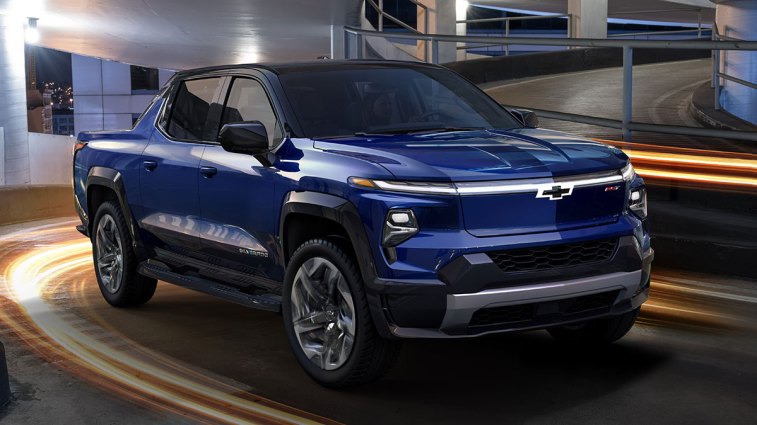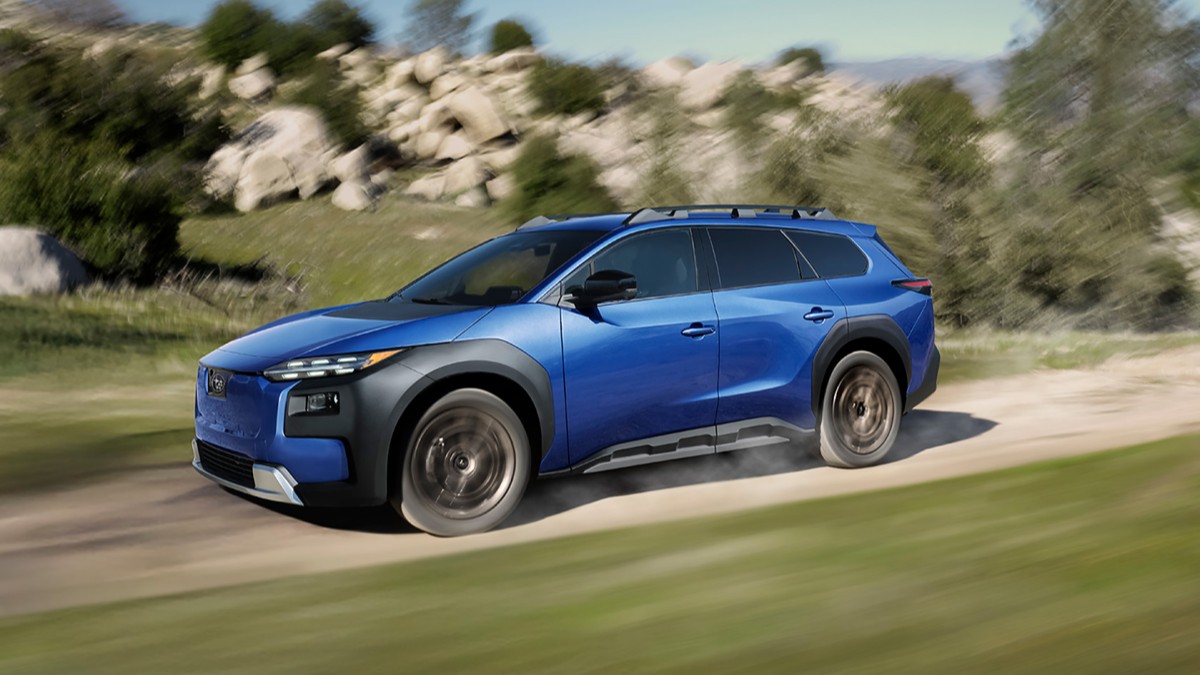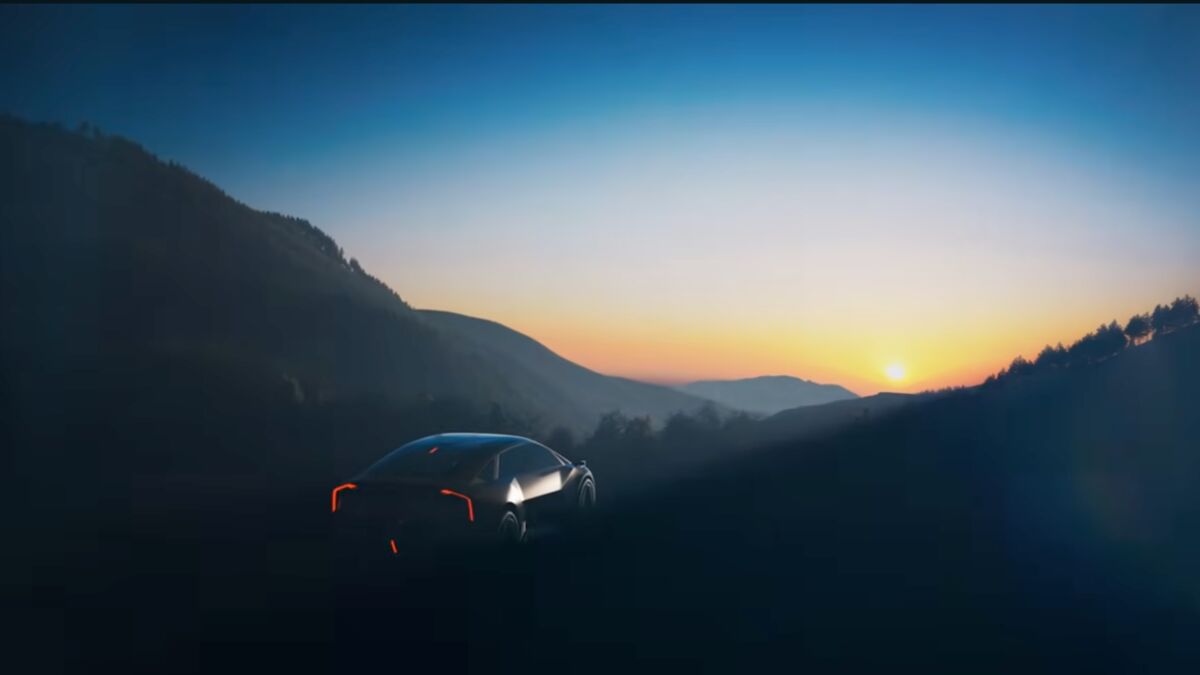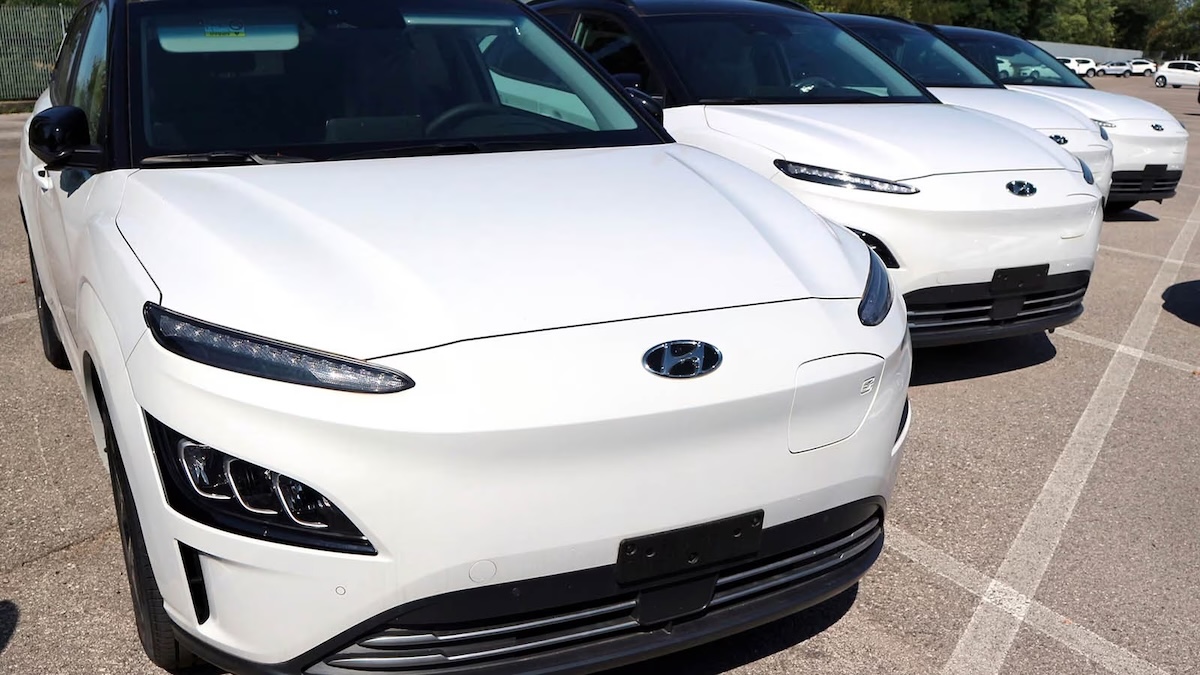
“GM customers will be able to access 12,000 Tesla Superchargers and growing beginning in early 2024,” the company announced. They’ll need an adapter at first, but the company “will begin to integrate the North American Charging Standard (NACS) in new EVs starting in 2025.”
We're teaming up with @tesla to enhance your electric vehicle experience. More charging stations, less range anxiety, more sustainable journeys. It's about your convenience, not our competition. #EverybodyIn pic.twitter.com/D4joovLjPh
— General Motors (@GM) June 8, 2023
America’s automakers are increasingly going electric, with many brands announcing plans to cease building gasoline-powered cars within 15 years. But rare and unreliable chargers hold many Americans back from going electric.
The Problem: Three Different Plugs
Today’s electric vehicles are not built with a common charging plug and port. Tesla’s EVs use their own proprietary plug. Tesla calls its plug the NACS, although none of the three is truly standard.
All other EVs on the market in 2023 use a different plug, known as the Common Charging System, or CCS.
RELATED: Electric Car Charging: Everything You Need to Know
EV charging stations don’t all carry every plug. So, EV drivers know they can’t charge at every charging station — they must find the exact right station for their car.
Tesla sells an adapter that allows its owners to charge from CCS stations. But, until recently, the reverse wasn’t true.
Separate Networks, One Walled Off
Tesla doesn’t just build its own separate plug shape. It operates an entire nationwide network of charging stations that, until recently, served only Tesla cars. The Tesla Supercharger network is America’s (and the world’s) most extensive, with locations in all 50 states, most cities, and along most interstate highway routes.
Several competitors have attempted to build similar networks using the CCS connector to serve EVs built by every other brand. But no company is close to catching up with Tesla’s size.
Those other networks are also plagued with reliability problems. A recent study found that more than one in five charging attempts fails thanks to broken chargers and faulty payment systems.
Tesla’s network has a reputation as far more reliable than any CCS-based network.
A Competitive Advantage for Tesla
That simple fact provided Tesla with an immense competitive advantage.
Shoppers could reasonably evaluate all their options and conclude that they’d love to own a Ford Mustang Mach-E or the upcoming Chevy Equinox EV, but that unreliable and hard-to-find chargers made it impractical.
They might then buy a Tesla Model Y because it was easier to live with.
An Emerging Industry Standard?
Cracks began to form in the wall around Tesla’s charging network earlier this year. The Inflation Reduction Act made billions of dollars available to help expand charging networks nationwide, but only to networks available to most drivers. Tesla agreed to open part of its network to owners of CCS-equipped cars, who could then buy adapters allowing them to charge from Superchargers.
But the wall fell last month when Ford and Tesla announced a partnership that would open the entire network to Ford owners in 2024. Ford plans to provide adapters to EV owners in 2024 and build Tesla’s NACS plug into its cars beginning in 2025.
GM now appears to have the same agreement in place.
Tesla, Ford, and GM combine to build six of the 10 best-selling EVs in America this year, according to Kelley Blue Book parent company Cox Automotive.
The others are the Hyundai Ioniq 5, Rivian R1T, Volkswagen ID.4, and Mercedes-Benz EQS. Those companies are now at a severe competitive disadvantage.
We wouldn’t be surprised to see them all sign on to the NACS charging system to keep up.
That doesn’t necessarily cut out other charging networks. When Tesla offered its plug as a universal standard last November, it made the plug available to rival automakers and rival charging networks. Operators of rival charging networks — companies like Electrify America and EVgo — could also add the Tesla plug to their chargers.
A Few Questions Remain
Ford and GM have now said they would add the Tesla NACS port to their EVs starting in 2025, but they haven’t said whether they will drop the CCS plug. We’ve contacted both automakers to ask and will update this story if they answer.
It’s possible to build both into a vehicle. There may even be an engineering reason to do so. Tesla has long resisted bi-directional charging — using its cars as mobile power sources that can charge other EVs or even provide backup power to a home in a blackout.
Ford advertises the F-150 Lightning electric truck as a backup home power source, and even sells a unit owners can install in their homes to allow the truck to act as a home battery. It requires a CCS connection.
It’s unclear whether bi-directional charging can be done as efficiently with Tesla’s plug. That may leave an opening for CCS plugs to remain alongside Tesla’s NACS plugs in some future EVs.







